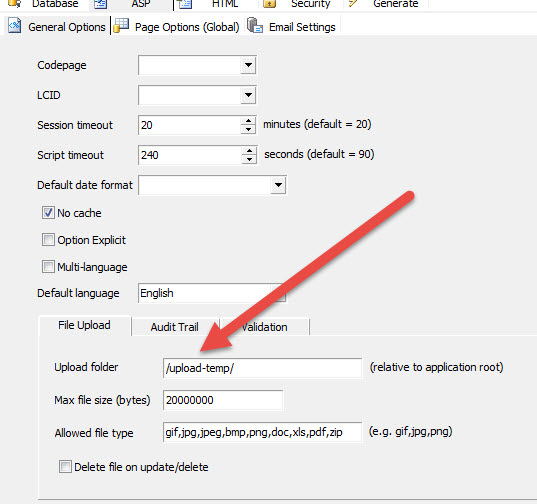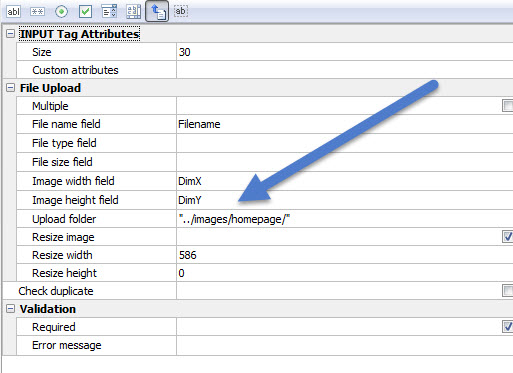Recaptcha V2 under classic ASP
Here’s a quick primer on upgrading your Classic ASP site Recaptcha V1 to V2.
First, go to Google Recaptcha online and generate yourself a v2 pair of keys for your site’s domain.
Next:
On the page with the “FORM” on it on which you want to display the Recaptcha V2.
Add to the HEADER (inside the HEAD TAGS):
<script src='https://www.google.com/recaptcha/api.js'></script>
Replace the existing code which renders your v1 recaptcha with this line:
<div class="g-recaptcha" data-sitekey="put your google public v2 key here" ></div>
on your FORM SUBMIT page (where the v2 form gets submitted to):
Inside ASP tags, place this line:
Response.LCID = 1033 ' USA LCID
It is a required element for the JSON Parser.
Inside the HEAD:
<!--#include file="jsonObject.class.asp" -->
you can get this file from my site HERE
now the processing code to handle the Recaptcha JSON response:
If Request.ServerVariables("REQUEST_METHOD") = "POST" Then
Dim recaptcha_secret, sendstring, objXML
recaptcha_secret = "your secret key goes here"
sendstring = "https://www.google.com/recaptcha/api/siteverify?secret=" & recaptcha_secret & "&response=" & Request.form("g-recaptcha-response")
Set objXML = Server.CreateObject("MSXML2.ServerXMLHTTP")
objXML.Open "GET", sendstring, False
objXML.Send
set jsonObj = new JSONobject
set jsonArr = new jsonArray
jsonString = objXML.responseText
set outputObj = jsonObj.parse(jsonString)
if jsonObj.value("success") then
Global_Msg="Captcha GOOD!"
else
Global_Msg="Invalid Recaptcha Response."
end if
Set objXML = Nothing
End If
if Global_Msg<>"Captcha GOOD!" then
%>
invalid RECAPTCHA response. Hit back and try again.
<%
response.end
end if
For your convenience, here is all the code inside one ZIP file.
Let me know if this helped you!

 Here is the solution to the issue.
Here is the solution to the issue.


